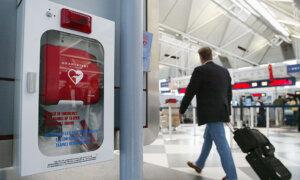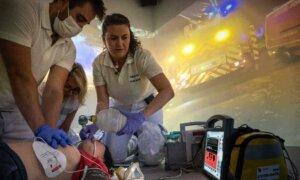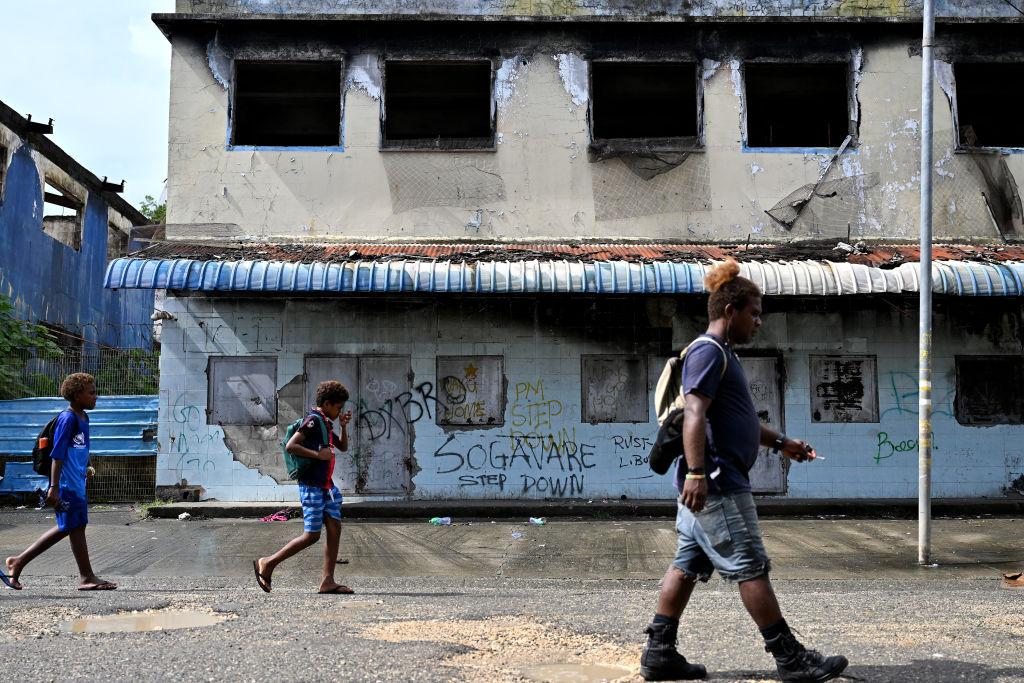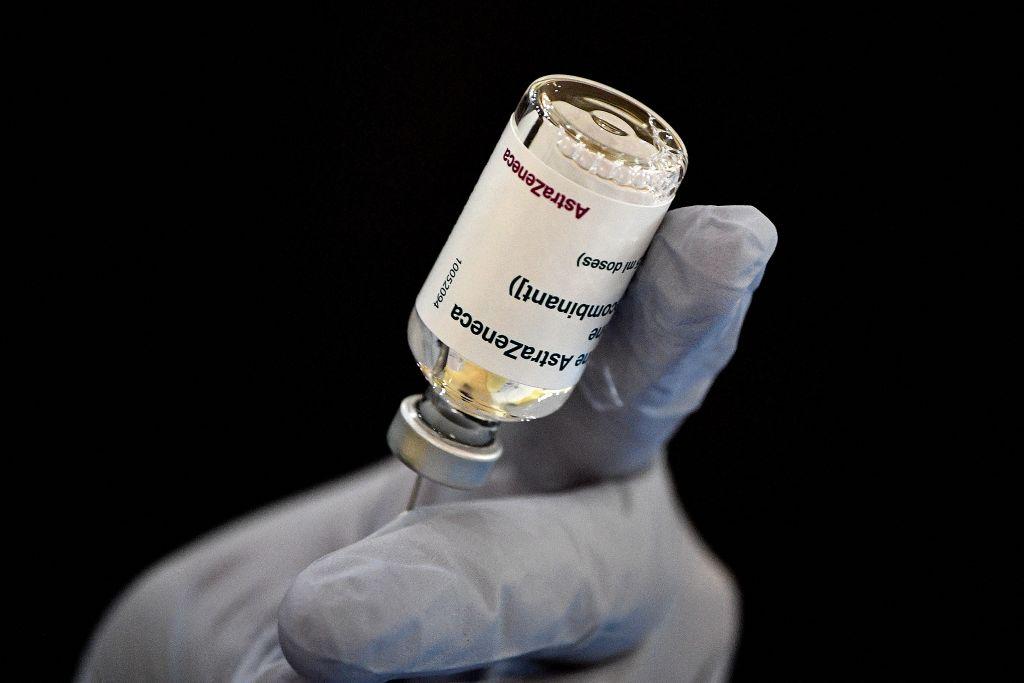A total of 2,458 New Zealanders experienced an out-of-hospital cardiac arrest (OHCA) in 2022/23, up from 2,212 in 2019/20—an increase of 11 percent over the four years. And despite bystanders doing CPR in 76 percent of cases, only 11 percent of victims survive 30 days after they’re discharged from hospital, down from 14 percent in 2018/19.
That’s despite 23 percent of people being successfully revived by CPR—a statistic called “return of spontaneous circulation (ROSC) sustained to hospital handover.”
The rate of people suffering cardiac arrest in the community is now 141.7 per 100,000, with an average of seven such events every day.
The latest statistics, which compare New Zealand’s performance with that of other selected ambulance services, show that it ranks second for long-term survival, with King County EMS in Washington State recording a rate of 15 percent.
People Dying ‘Unnecessarily’: St. John Ambulance
Nonetheless, the figures are of concern to St. John Ambulance.“We can do better, we must do better. There are New Zealanders dying today unnecessarily, and we need the community’s help,” said Dr. Damian Tomic, the organisation’s Deputy Chief Executive of Clinical Services.
He speculated that less community CPR training during the pandemic and slower ambulance response times are likely the reasons survival rates have decreased.
Every minute without CPR or the use of a defibrillator decreases the chance of survival by 10 to 15 percent. In urban areas, the median time it took an ambulance to get to a patient was eight minutes. This increased to 12 minutes in rural and remote communities.
Men remain more likely to suffer cardiac arrest than women, with 65 percent of reported events affecting males and 35 percent affecting females. The median age for such an event was 67 and 70, respectively.
While people of European ancestry accounted for the greatest number of cardiac arrests, when adjusted for ethnicity, the figure show that Māori and Pacific Peoples had a disproportionately higher incidence, and Asians had a lower incidence, of OHCA compared with the total population.
It was also found that the incidence of OHCA increases as deprivation increases, and that the incidence rate for the urban population was lower (102 per 100,000 person-years) than the rural and remote population (137 per 100,000 person-years).
Most cardiac arrests happen in a person’s home. The second most common place is in a public area, which includes the workplace, the street, a shopping centre, or similar.






